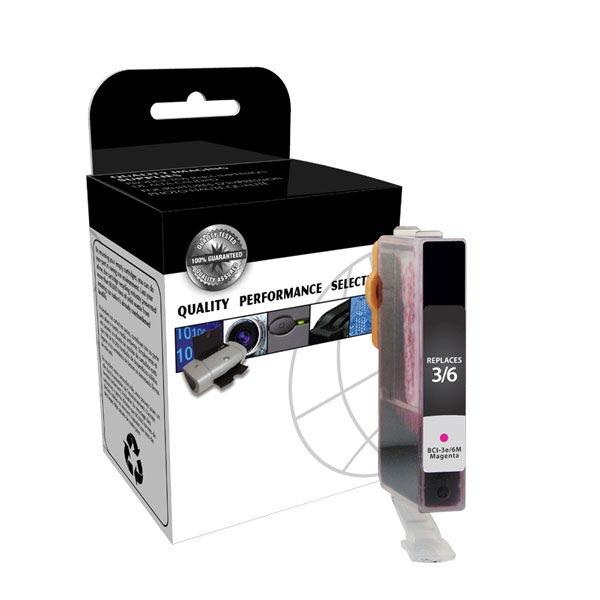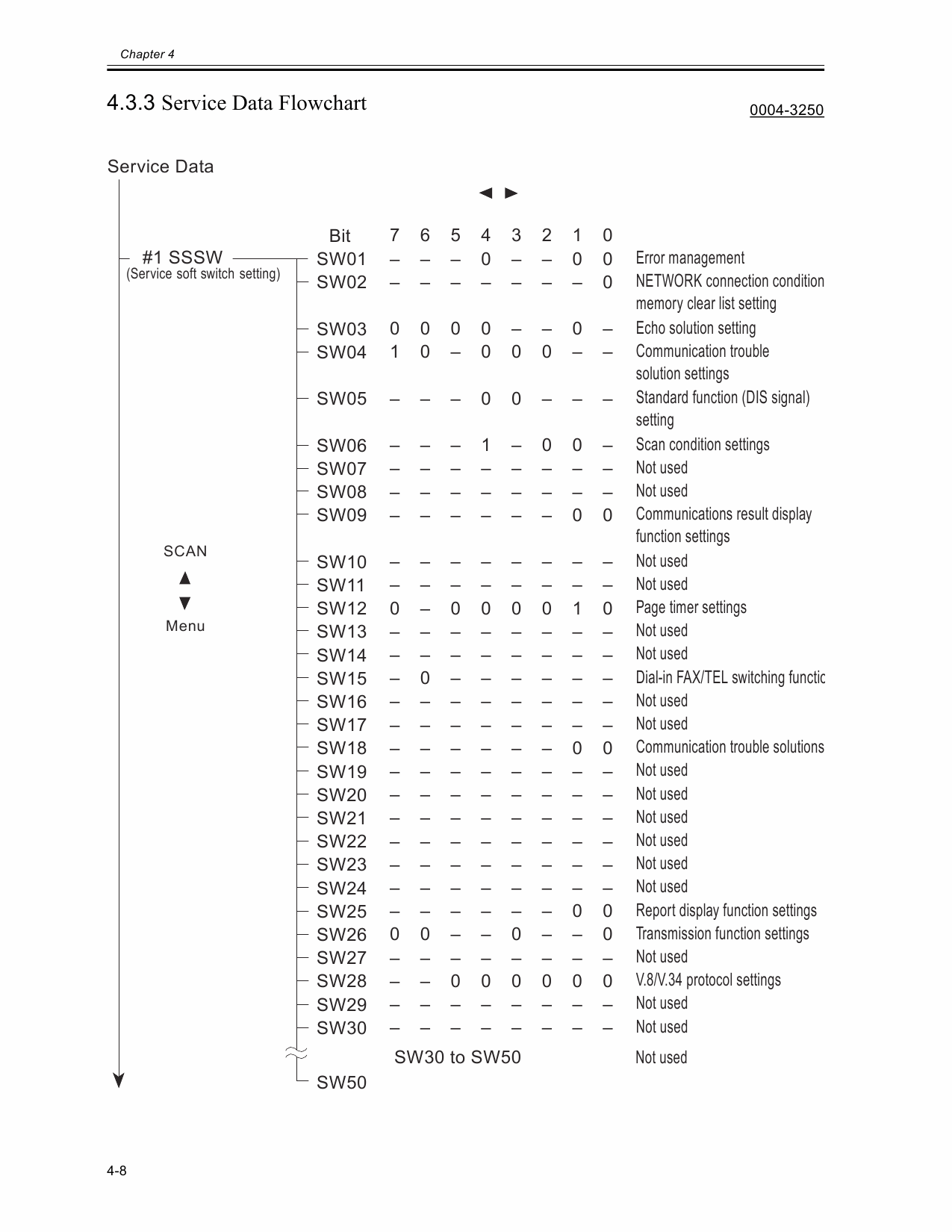
We’ve now seen a few ways to create, customise, and delete an instance. Running multipass list again confirms the instance is now permanently deleted: We can recover this instance by running multipass recover deluxe-ghoul, but for right now let’s delete the instance permanently by running multipass purge. Our deluxe-ghoul instance is still listed, but its state is “Deleted”. We have two instances currently running, the primary instance and our LTS machine with customised specs. Let’s run multipass list to see what instances we currently have. We’ve created and deleted quite a few instances now. Now let’s confirm this new instance has the specs we’re looking for by running multipass info ltsInstance Multipass launch lts -name ltsInstance -mem 2G -disk 10G -cpus 2

Let’s now launch the type of instance we’re looking for by running this: We can delete the deluxe-ghoul instance by running Perhaps after using this instance for a while, we decide what we really need is the latest LTS version of Ubuntu, with a more informative name and a little more memory and disk. This tells multipass to execute the command lsb_release -a on the “deluxe-ghoul” instance. Multipass exec deluxe-ghoul - lsb_release -a We can check some basic info about our new instance by running the following: Now we have an instance running which has been named randomly by Multipass, in my case it is called deluxe-ghoul. Let’s launch an instance running Ubuntu 21.10 (“Impish Indri”) by typing the command multipass launch impish

This shows us a list of all of the images we can launch through Multipass currently. Let’s open a terminal and run the command multipass find. Multipass has a great feature to help us get started creating customised instances. Both commands should give the same result. In two terminal instances, check multipass shell primary and multipass shell. For example, it is the default argument of multipass shell. In Multipass, an instance with the name primary is privileged. Open a terminal and try multipass shell (if you didn’t follow the steps above, you will have to run the launch command first). When you clicked on Open Shell just now, what happened in the background was the equivalent of the CLI commands multipass launch –name primary followed by multipass shell. This instance is great for when we just need a quick Ubuntu VM, but let’s say we want a more customised instance. Let’s check for the folder and read the file from our new instance:Ĭongratulations, you’ve got your first instance!

More concretely, let’s create a new folder in our $HOME directory called Multipass_Files:Īs you can see, I’ve added a readme file in this shared folder. Let’s use this to share data with our instance. Let’s test it out! As we just learned, the previous step automatically mounted our $HOME directory in the instance. Let’s click on the icon, then on “Open Shell”.Ĭlicking this button does many things in the background: it creates a new virtual machine (instance), named primary, with 1GB of RAM, 5GB of disk, and 1 CPU installs the most recent Ubuntu LTS release on that instance mounts our $HOME directory in the instance and opens a shell to the instance, announced by the command prompt You can see elements of this in the screenshot below. Once we’ve launched the application, we should see the Multipass tray icon in the upper right section of the screen: In Ubuntu, press the super key and type Multipass, or find Multipass in the Applications panel in the lower left of the desktop. Note: This tutorial demonstrates use on Linux, specifically Ubuntu, but the experience on any OS should be similar.įrom the application launcher, let’s start Multipass.
Canonical multipass install#
To install it on your OS of choice, please follow the instructions given here. Multipass is available for Linux, macOs, or Windows.


 0 kommentar(er)
0 kommentar(er)
